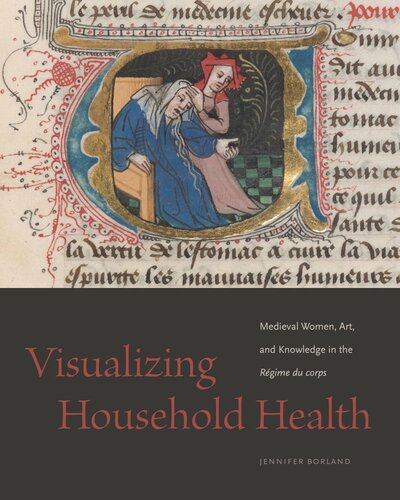

Most ebook files are in PDF format, so you can easily read them using various software such as Foxit Reader or directly on the Google Chrome browser.
Some ebook files are released by publishers in other formats such as .awz, .mobi, .epub, .fb2, etc. You may need to install specific software to read these formats on mobile/PC, such as Calibre.
Please read the tutorial at this link: https://ebookbell.com/faq
We offer FREE conversion to the popular formats you request; however, this may take some time. Therefore, right after payment, please email us, and we will try to provide the service as quickly as possible.
For some exceptional file formats or broken links (if any), please refrain from opening any disputes. Instead, email us first, and we will try to assist within a maximum of 6 hours.
EbookBell Team

4.3
48 reviewsIn 1256, the countess of Provence, Beatrice of Savoy, enlisted her personal physician to create a health handbook to share with her daughters. Written in French and known as the Régime du corps, this health guide would become popular and influential, with nearly seventy surviving copies made over the next two hundred years and translations in at least four other languages. In Visualizing Household Health, art historian Jennifer Borland uses the Régime to show how gender and health care converged within the medieval household.
Visualizing Household Health explores the nature of the households portrayed in the Régime and how their members interacted with professionalized medicine. Borland focuses on several illustrated versions of the manuscript that contain historiated initials depicting simple scenes related to health care, such as patients’ consultations with physicians, procedures like bloodletting, and foods and beverages recommended for good health. Borland argues that these images provide important details about the nature of women’s agency in the home—and offer highly compelling evidence that women enacted multiple types of health care. Additionally, she contends, the Régime opens a window onto the history of medieval women as owners, patrons, and readers of books.
Interdisciplinary in scope, this book broadens notions of the medieval medical community and the role of women in medieval health care. It will be welcomed by scholars and students of women’s history, art history, book history, and the history of medicine.